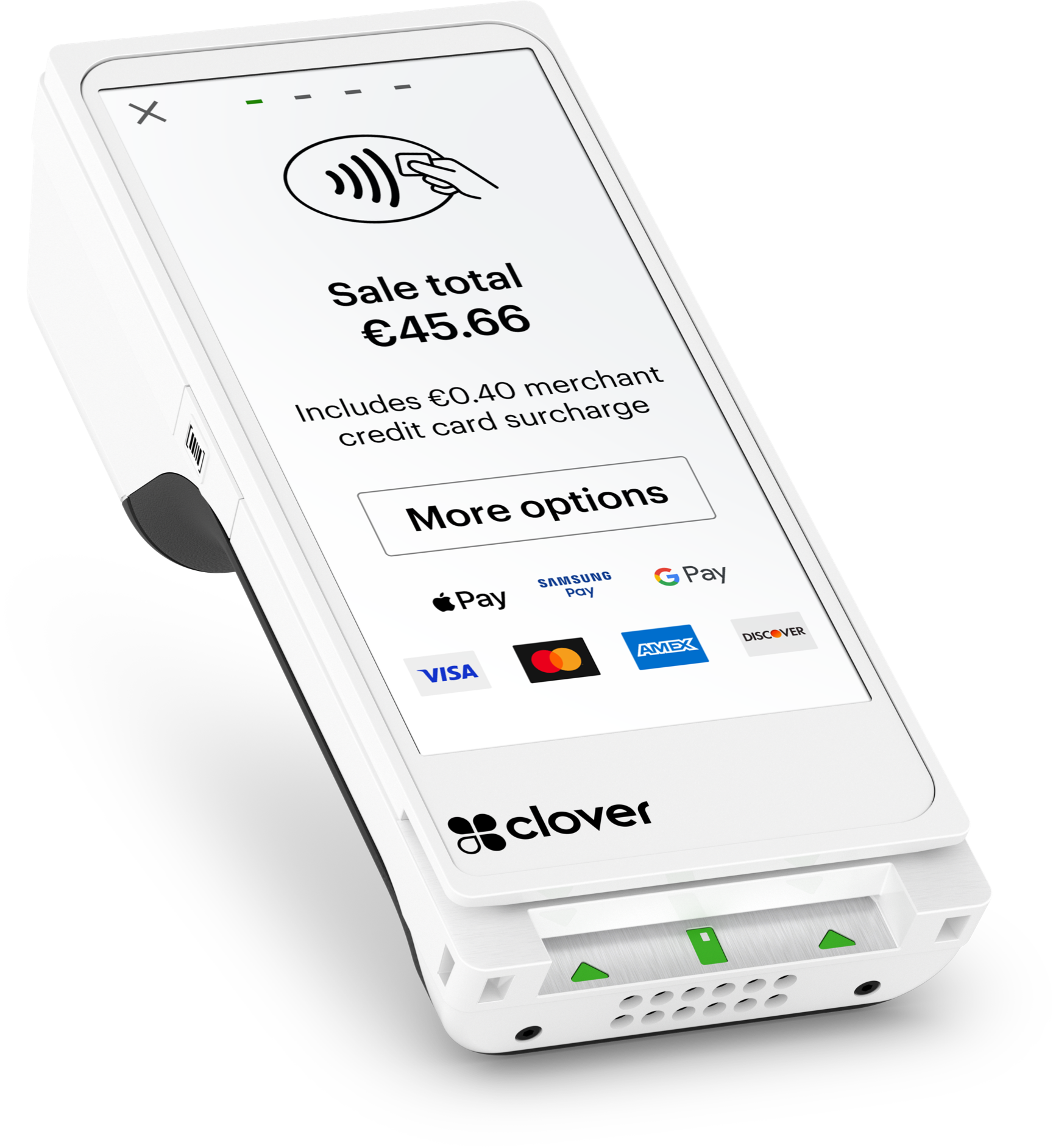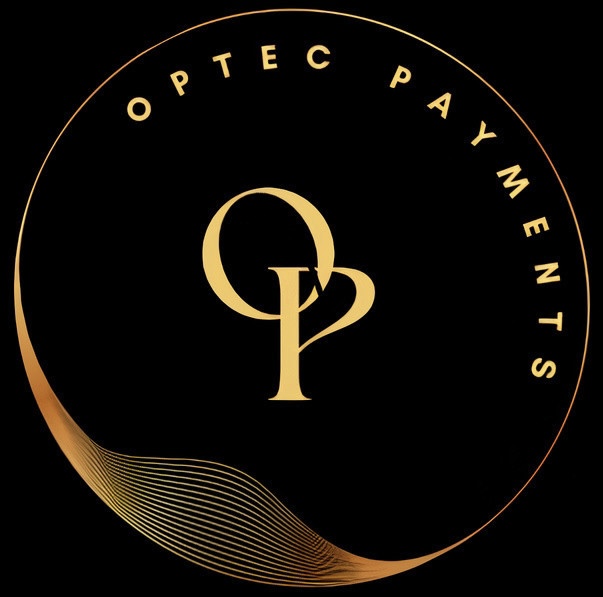In the rapidly evolving landscape of mobile commerce, seamless payment integration is crucial for enhancing user experience and driving conversions. Both iOS and Android offer robust solutions for integrating payment processing capabilities, thanks to a variety of APIs (Application Programming Interfaces) and SDKs (Software Development Kits) provided by payments companies. This blog post will delve into how payments companies integrate into iOS and Android smartphone applications from both the developer and payments side.
The Developer’s Side
iOS Apps
For iOS, developers often resort to using Apple Pay or third-party SDKs like Stripe, PayPal, and Square. These SDKs are usually CocoaPods or Swift Packages that can be imported directly into the project.
1. Installation: Using CocoaPods, the developer might add `pod 'Stripe'` in their `Podfile` and run `pod install`.
2. Initialization: Initialize the payments SDK usually in the `AppDelegate` to set up configurations like API keys.
3. UI Implementation: Utilize built-in UI components or build custom payment interfaces.
4. Transaction Handling: Implement the necessary callbacks and payment authorization methods.
Android Apps
On Android, Google Pay is the native option, but third-party SDKs like Stripe and Braintree are also widely used.
1. Installation: Add the Stripe or Braintree dependency in the `build.gradle` file.
2. Initialization: Similar to iOS, initialize the payments SDK in the `Application` class.
3. UI Implementation: Implement UI using Android XML layout files and Java/Kotlin for logic.
4. Transaction Handling: Android provides several listeners and callbacks to handle transaction results.
The Payments Side
API Integration
APIs provide a set of protocols for building and interacting with software applications. Payments companies offer APIs that handle payment processing, fraud detection, and other financial operations.
1. Authentication: A secure API key is usually required to authenticate requests.
2. Endpoints: Various API endpoints are provided to initiate, confirm, and manage transactions.
3. Data Transfer: Securely transfer payment information like card numbers, expiry dates, and CVVs to the payments server.
4. Feedback: Receive real-time feedback to confirm or decline transactions.
SDK Integration
Software Development Kits (SDKs) are pre-packaged libraries that provide a range of functionalities out-of-the-box. Payments SDKs typically encapsulate API calls, providing easier, more streamlined integration.
1. Pre-built UI Components: Many SDKs offer pre-designed payment forms and UI components that comply with industry best practices.
2. Local Payment Methods: SDKs may offer localized payment methods that are relevant to specific geographical markets.
3. Security: Built-in features like tokenization and encryption ensure data is securely transmitted.
4. Analytics and Reporting: Some SDKs offer built-in analytics and reporting features, offering insights into transaction data.
Wrapping Up
The goal for both developers and payments companies is to achieve a seamless, secure, and efficient payment process. By using the APIs and SDKs offered by payments companies, developers can integrate robust payment solutions into their iOS and Android apps with relative ease. On the payments side, these tools ensure the safe and efficient handling of transactions, facilitating a better shopping experience for the end-user.





